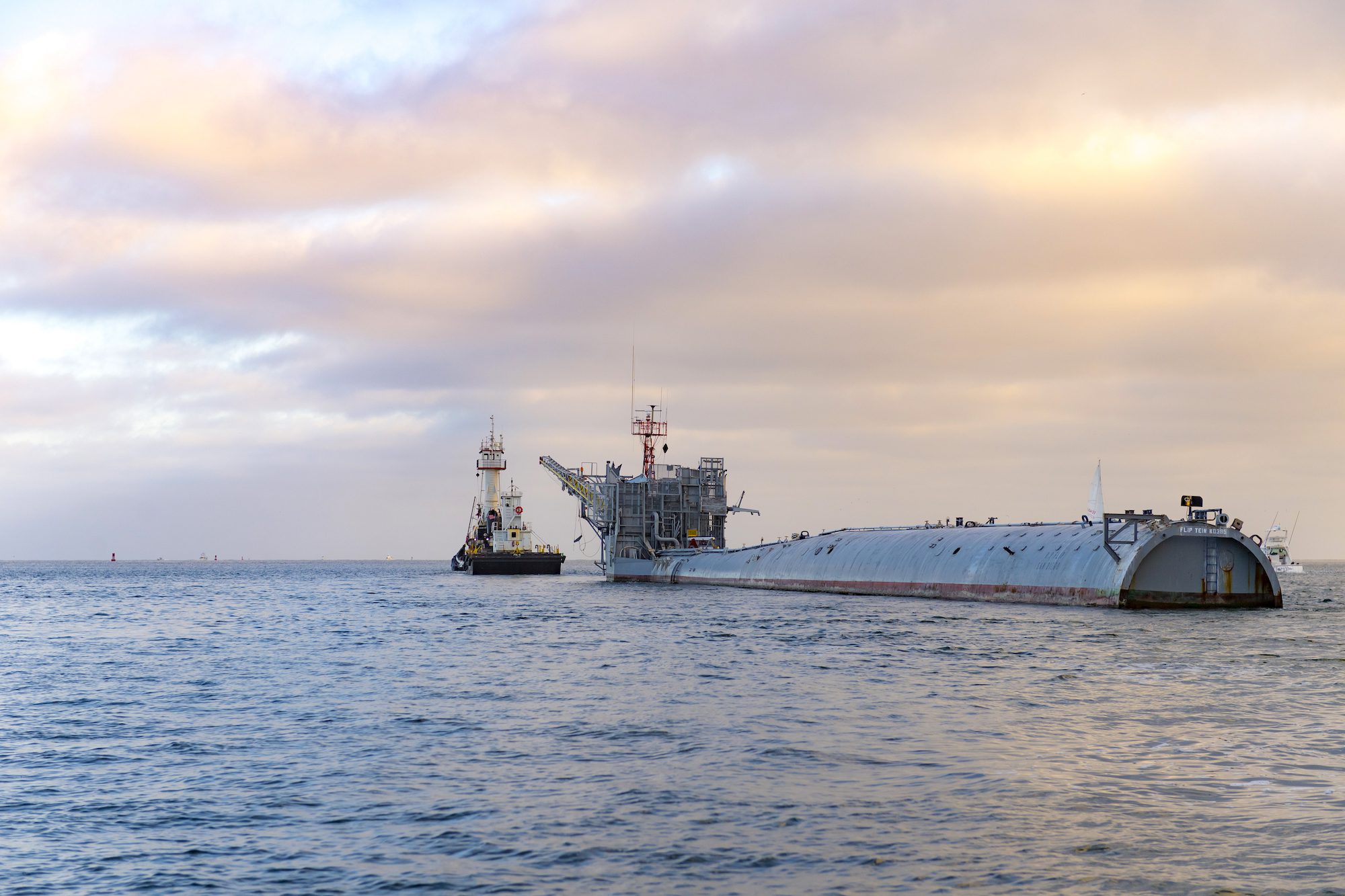
– By Amie Pascoe, Director, BLUE Communications
The way that we communicate is fundamentally changing. As a society, our appetite for information and our expectations of being able to connect instantly with friends, colleagues and even strangers online around the world is constantly evolving. Each new device and platform that we are introduced to develops our desire to engage, which has clear implications for the brands that we encounter.
The proliferation of this information affects all global industries. But for shipping, a sector with an inherently traditional approach to life, our increasingly digitally integrated world and online communities are often seen as more of a threat than an opportunity. However, as a channel, digital and social network sites in particular offer an unparalleled way to connect with your stakeholders, whether they are the end-consumer, seafarers, customers, employees or industry influencers.
Shipping is not just about ships – emphasis is increasingly, and rightly, shifting to the human element of the industry. As social media is in essence what people use to communicate, shipping must develop its presence online accordingly. This element is particularly pertinent when dealing with seafarers – engaging with them as employees and stakeholders and creating information that is shareable across the platforms that they use. As employees play such a critical role in managing brand, this is fundamental to safeguarding not only reputation, but also to the continuing professionalisation of the industry.
Ensuring internet access across shipping fleets is critical to recruiting the next generation of seafarers, for whom social media and text communication are part of everyday life. A subject recently debated at CMA Shipping 2012, the unanimous conclusion was that it is unrealistic to expect young seafarers to go to sea for months with no contact with the outside world. Moreover, offering young seafarers’ access to social networking sites such as Facebook and Twitter, as well as allowing them to catch up on sport and news, is not only an increasingly important welfare consideration, but can in turn also increase motivation and productivity.
Whilst it is still early days for shipping to comfortably adopt the digital channel, there are companies that are taking steps to integrate social media at the heart of their business to harness employee productivity for commercial benefit. Teekay, for example, has developed an internal network for its 7,000 workers to communicate with each other in open and closed forums, watch videos from senior management and flag stories that they ‘like’.
However, using social and digital media channels simply because they are now so omnipresent in our daily lives does not mean that they are necessarily the right medium for communicating with customers, or other key stakeholders. Moreover, the threat and negative impact on reputation when it goes wrong can significantly impact brand and therefore enterprise value. Issues inevitably arise in corporate life, but must be dealt with online appropriately in a way that protects and manages reputation. Post Costa Concordia, for example, Carnival’s CEO, a frequent Twitter user who “tweeted” up to 30 times a day, refrained from using the medium to communicate immediately after the disaster when, arguably, consistency of use and messaging would have better allayed the concerns of consumers, shareholders and other stakeholders.
Ultimately, effective communications is a two way process that centres around the development of relationships. It requires us to ‘listen’ as well as ‘talk’, and demands the dissemination of consistent and timely messages. For many companies, when approached strategically and aligned with communications objectives, social and digital media can prove to be an invaluable addition to the communications toolkit.
So if social networks are founded upon conversation, then why are so many marine companies still not encouraging online dialogue directly with their stakeholders? Resource is the first challenge – ensuring the swift responses needed requires trained people to monitor, listen and act appropriately. Another challenge is that the bigger the company, the less connected to the values espoused by the organisation its employees can be and the more diluted the message, which poses a risk to reputation. To combat this, you need to identify and embrace your business values, enshrine them in your corporate messaging and then make absolutely sure that everyone in the workforce understands them so that they are brought to life in day-to-day activity. This is what facilitates alignment across all communications channels and – critically – in all interactions with the organisation. The transparency that social media provides through unlimited access to information should motivate us all to create and work in ethically robust organisations that deliver great products and services that stand up to scrutiny.
Although the channels through which we communicate are evolving, the underlying approach to communications remains the same; ensuring that business strategy is distilled down through communications messages. From there strategic questions can be asked: how can communications work to support this and build (or repair) reputation in line with the values, positioning and tonality of the brand? Who are the most important stakeholders that need to be communicated with? What do we want to say to them, what are the messages? And finally what is the best way of reaching them and engaging?
Fundamentally, you have to understand what your messages are and to whom they are directed. Content comes first and the channel second. You don’t have to cover all platforms – the first step is to establish where the conversations in your sector and around your brand are largely taking place and make sure that you are there. The conversation has already begun, and the shipping industry must engage and prepare to join in if it is to protect and manage its reputation in the digital age.
Amie Pascoe, Director, BLUE Communications joined panelists James Tweed, managing director, Coracle, Karine Langlois, new media officer, IMO, Nick Brown, marine communications manager and Neil Wiese, Fairplay, to debate shipping and social and digital media. Follow #bluedebate and @BLUECOMMS on Twitter.

 Join The Club
Join The Club












